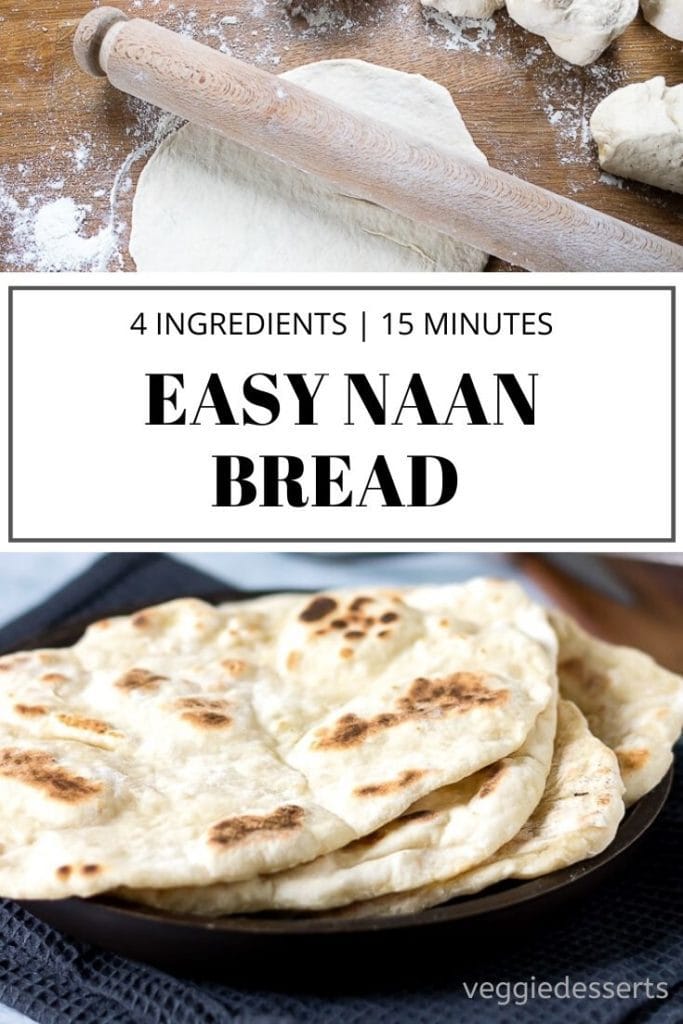Sourdough is a bread made by the fermentation of dough using wild lactobacillaceae and yeast. Lactic acid from fermentation imparts a sour taste and improves keeping qualities. In the Encyclopedia of Food Microbiology, Michael Gaenzle writes: “The origins of bread-making are so ancient that everything said about them must be pure speculation. Sourdough remained no yeast wholemeal bread usual form of leavening down into the European Middle Ages until being replaced by barm from the beer brewing process, and after 1871 by purpose-cultured yeast.
Europe, is usually leavened with sourdough. Baker’s yeast is not useful as a leavening agent for rye bread, as rye does not contain enough gluten. French bakers brought sourdough techniques to Northern California during the California Gold Rush, and it remains a part of the culture of San Francisco today. The sourdough tradition was carried into Alaska and the Yukon territories of Canada during the Klondike Gold Rush of 1898. Conventional leavenings such as yeast and baking soda were much less reliable in the conditions faced by the prospectors.
In English-speaking countries, where wheat-based breads predominate, sourdough is no longer the standard method for bread leavening. Manufacturers of non-sourdough breads make up for the lack of yeast and bacterial culture by introducing into their dough an artificially-made mix known as bread improver or flour improver. Sourdough baking has a devoted community today. Many devotees share starters and tips via the Internet.

